What Is Pan Searing?
Pan searing is a culinary technique that involves cooking food, typically meat, at high heat in a shallow pan, often made of stainless steel or cast iron. It works extremely well in this recipe for pan seared duck breasts.
The goal is to achieve a crisp, caramelized exterior while keeping the interior moist and tender. This technique is popular for enhancing flavor through the Maillard reaction, which occurs when proteins and sugars in the food react to form complex, savory flavors and a rich brown crust.
To pan sear effectively, heat the pan over medium-high to high heat until it is very hot. Add a small amount of oil with a high smoke point, such as canola or grapeseed oil, to prevent the food from sticking and to promote even browning. Pat the meat dry with paper towels to remove excess moisture, which can interfere with browning. Season the meat generously with salt and pepper or other desired seasonings.
Place the meat in the pan without overcrowding, as this can lower the pan’s temperature and result in steaming rather than searing. Allow the meat to cook undisturbed for a few minutes until a golden-brown crust forms, then flip and sear the other side. Depending on the thickness, the meat may need to finish cooking in the oven. Pan searing is commonly used for steaks, chicken breasts, pork chops, and seafood, providing a delicious, visually appealing dish.
What is the Pan Searing Technique?
Pan-searing a duck breast involves several steps to achieve crispy skin and a tender, juicy interior. Here are the detailed steps:
Prepare the Duck Breast
Score the Skin: Using a sharp knife, score the skin of the duck breast in a crosshatch pattern, being careful not to cut into the meat. This helps render the fat and achieve a crispy skin.
Season the Duck: Generously season both sides of the duck breast with salt and pepper. You can also add other herbs and spices to taste.
Heat the Pan
Choose the Right Pan: Use a heavy-bottomed skillet or a cast-iron pan to ensure even heat distribution.
Preheat the Pan: Place the pan over medium heat to slowly render the fat from the duck skin. You do not need to add oil, as the duck fat will provide enough.
Cook the Duck Breast
Start Skin-Side Down: Place the duck breast skin-side down in the pan while the pan is still heating up. This helps render the fat slowly and achieve a crispy skin.
Render the Fat: Cook the duck breast skin-side down for about 6-8 minutes, allowing the fat to render and the skin to become golden and crispy. Occasionally spoon off excess fat if there is too much in the pan.
Flip the Duck: Once the skin is crispy and golden, flip the duck breast and cook the meat side for about 3-4 minutes for medium-rare or longer if you prefer a more well-done duck breast.
Rest the Duck Meat
Remove and Rest: Transfer the duck breast to a cutting board and rest for about 5 minutes. Resting allows the juices to be redistributed, ensuring a juicy and flavorful meat.
Serve
Slice and Serve: Slice the duck breast thinly against the grain and serve with your desired sides and sauce.
These steps will help you achieve a perfectly pan-seared duck breast with crisp skin and tender, flavorful meat.
Another good sauce to serve with this is Dried Cherry Cognac Sauce.
Ingredients
Duck Breasts refer to the meat from the breast portion of a duck. Duck is a type of poultry, and its breast meat is known for its rich flavor and tender texture. Duck breasts are a popular choice in culinary preparations due to their versatility and the distinct taste they bring to dishes.
Butter is a dairy product made from fat and protein components of milk or cream. It is produced by churning or agitating the cream, causing the fat globules to separate from the liquid, known as buttermilk. The remaining solid fat is then further processed and may be salted or left unsalted, depending on the desired end product.
Olive oil is an edible oil extracted from olives, the fruit of the olive tree (Olea europaea). It is a staple in Mediterranean cuisine and is widely used worldwide for its rich flavor and various health benefits. Olive oil has been a key component of human diets for thousands of years. There are several types of olive oil, and their characteristics depend on factors such as the quality of olives used, the region of production, and the extraction process.
Shallots are a type of onion belonging to the Allium family, and they include garlic, onions, and leeks. They have a milder and sweeter flavor than regular onions, making them popular in various culinary dishes. Shallots are characterized by their small size, elongated shape, and thin, coppery-brown papery skin.
Mushrooms are fungi in the kingdom of Fungi. They are diverse organisms with various shapes, sizes, colors, and textures. While some mushrooms are edible and consumed as food, others are toxic and can cause illness or even be deadly. It is crucial to exercise caution and proper identification when foraging for wild mushrooms.
Demi-glace is a rich and highly concentrated brown sauce in classical French cuisine. It is made by reducing and thickening brown stock and brown sauce, resulting in a velvety and flavorful sauce. Demi-glace is often used as a base for many other sauces and is prized for its depth of flavor and versatility.
Pan Seared Duck Breasts
Ingredients
- 2 duck breasts
- salt and pepper to taste
- 1 tablespoon vegetable oil
- herbs or spices of your choice optional
Instructions
- Begin by patting the duck breasts dry with paper towels. Then, score the skin in a crosshatch pattern, careful not to cut too deep into the flesh.
- Season the duck breasts with salt and pepper on both sides.
- Heat a large skillet over medium-high heat and add the vegetable oil. Once the oil is hot, place the duck breasts in the skillet, skin-side down.
- Cook the duck breasts for 5-7 minutes or until the skin is golden brown and crispy. Then, turn the breasts over and cook for an additional 2-4 minutes for medium-rare or longer for more well-done.
- Once the duck breasts are cooked to your liking, remove them from the skillet and let them rest for 5-10 minutes before slicing.
- Slice the duck breast against the grain and serve.

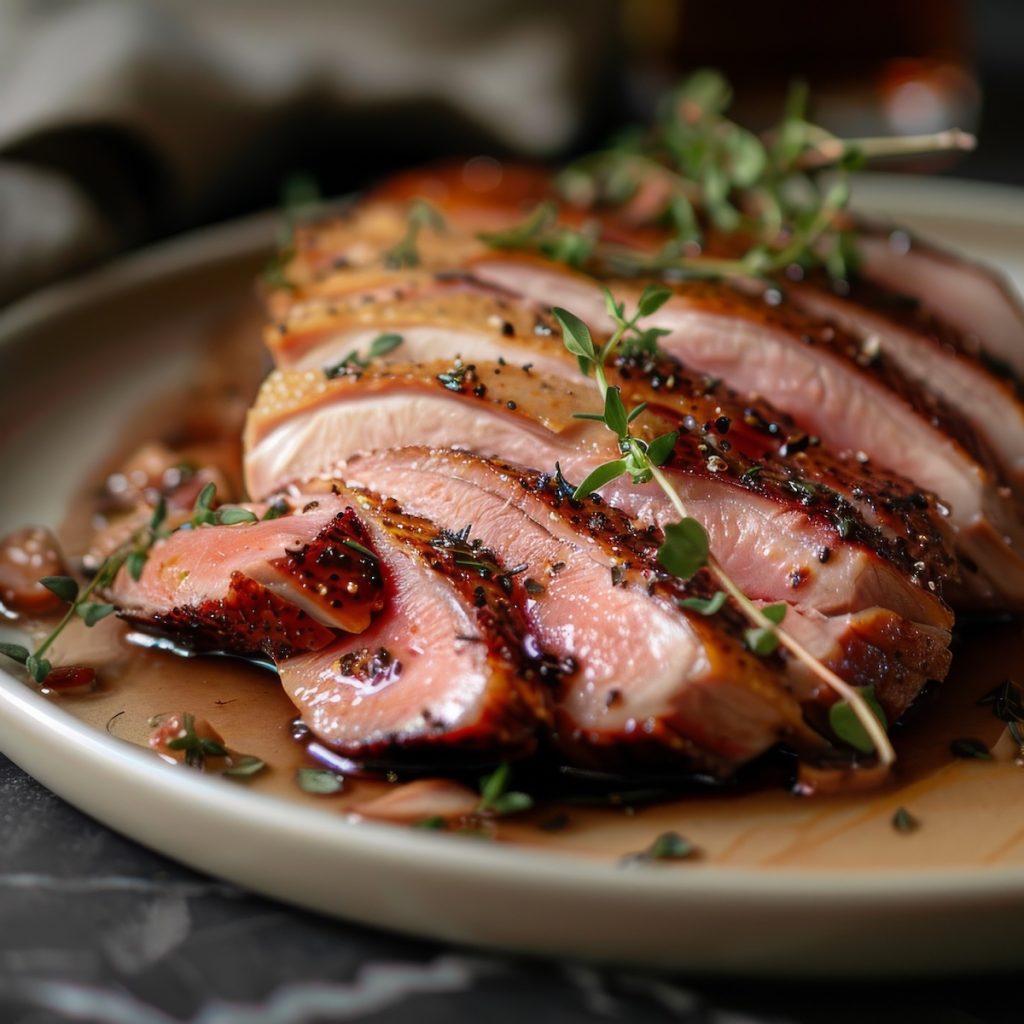
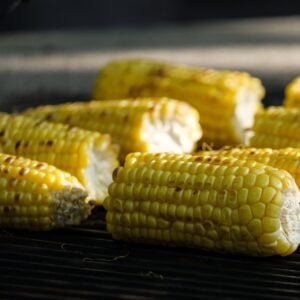
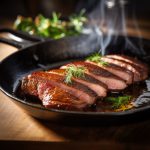
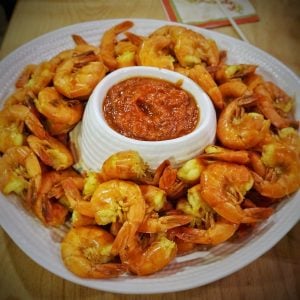
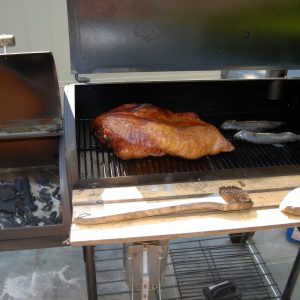
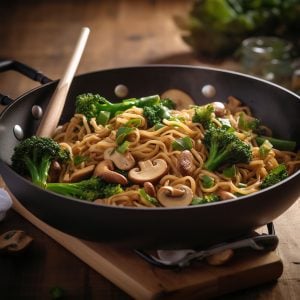
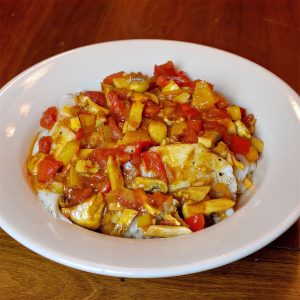
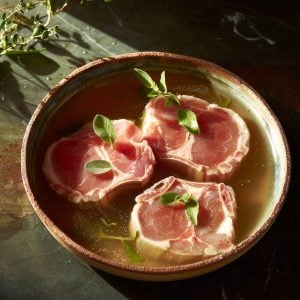
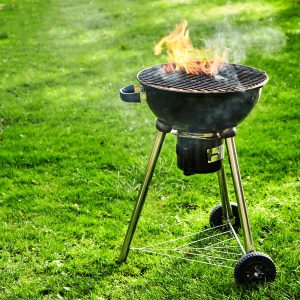
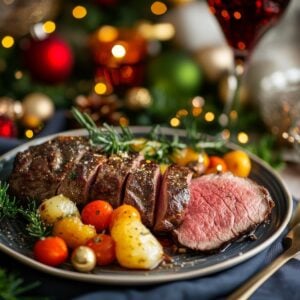
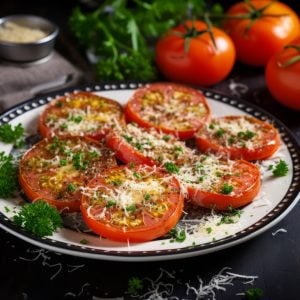


4 Responses
Yum! Stan make this for me!!! Please?? LOL
I highly recommend this recipe and even make a little extra of the demi glace for potatoes, etc. You must use unsalted butter and we did not salt the breasts before cooking as it came out salty to our taste when we did salt them before cooking. The demi glace can be found online at Amazon and is well worth the price if you eat a lot of duck as we do!
Wild duck, salt, and pepper. That’s all you need for gourmet eating after the hunt. Don’t over cook the breasts! Leave them pink in the middle and you’ll be happy. If you overlook them they will be dry, chewy, and taste like liver. I love this recipe and try each time to get my wife to embrace the pink center. She’s getting there because it tastes SO good!
Amazing recipe! I made this Recipe last night and received rave reviews! It was my first attempt to cook while deck so I was pretty nervous. I made my own demi-glace using beef stock. It was so rich and wonderful combined with the duck!